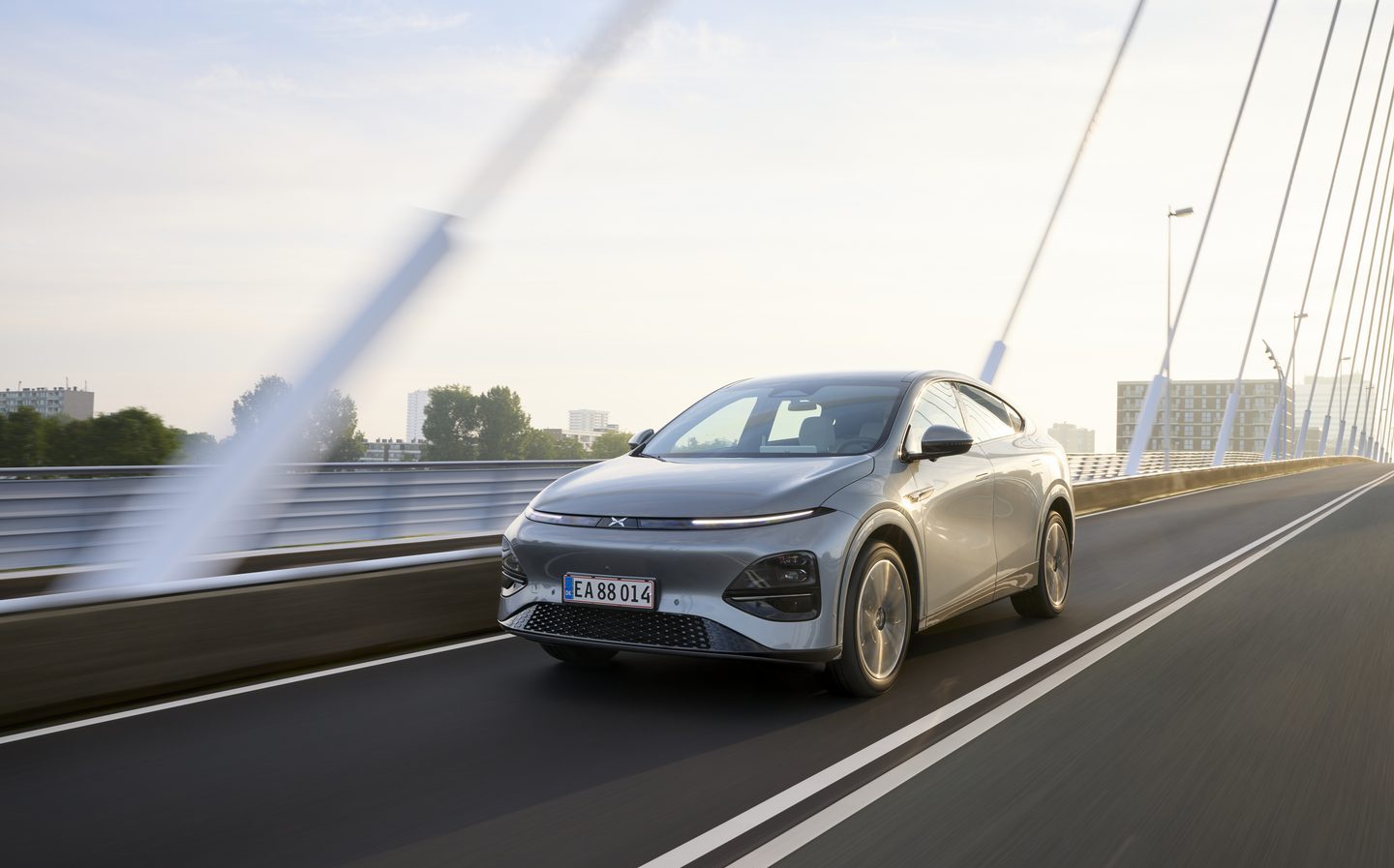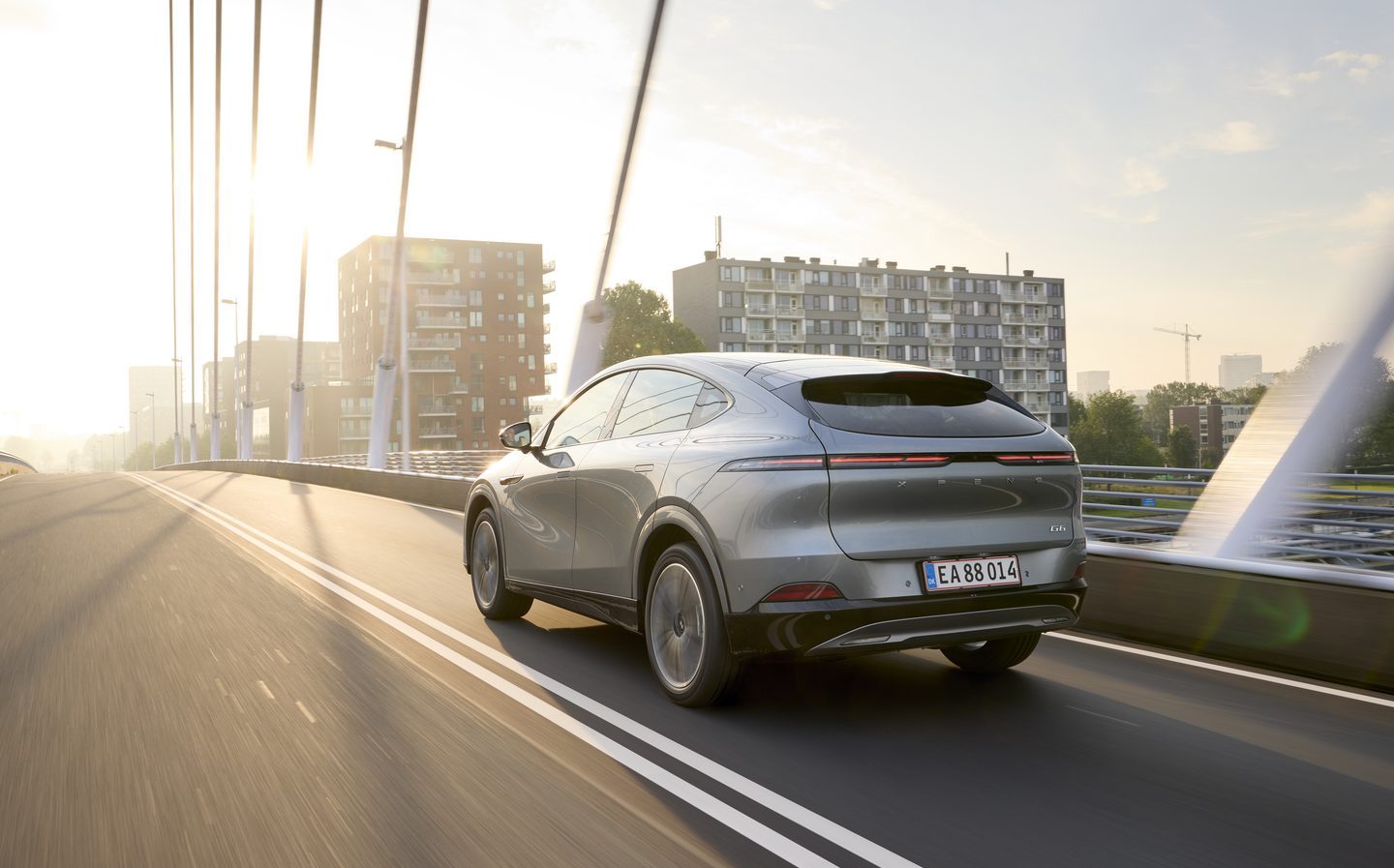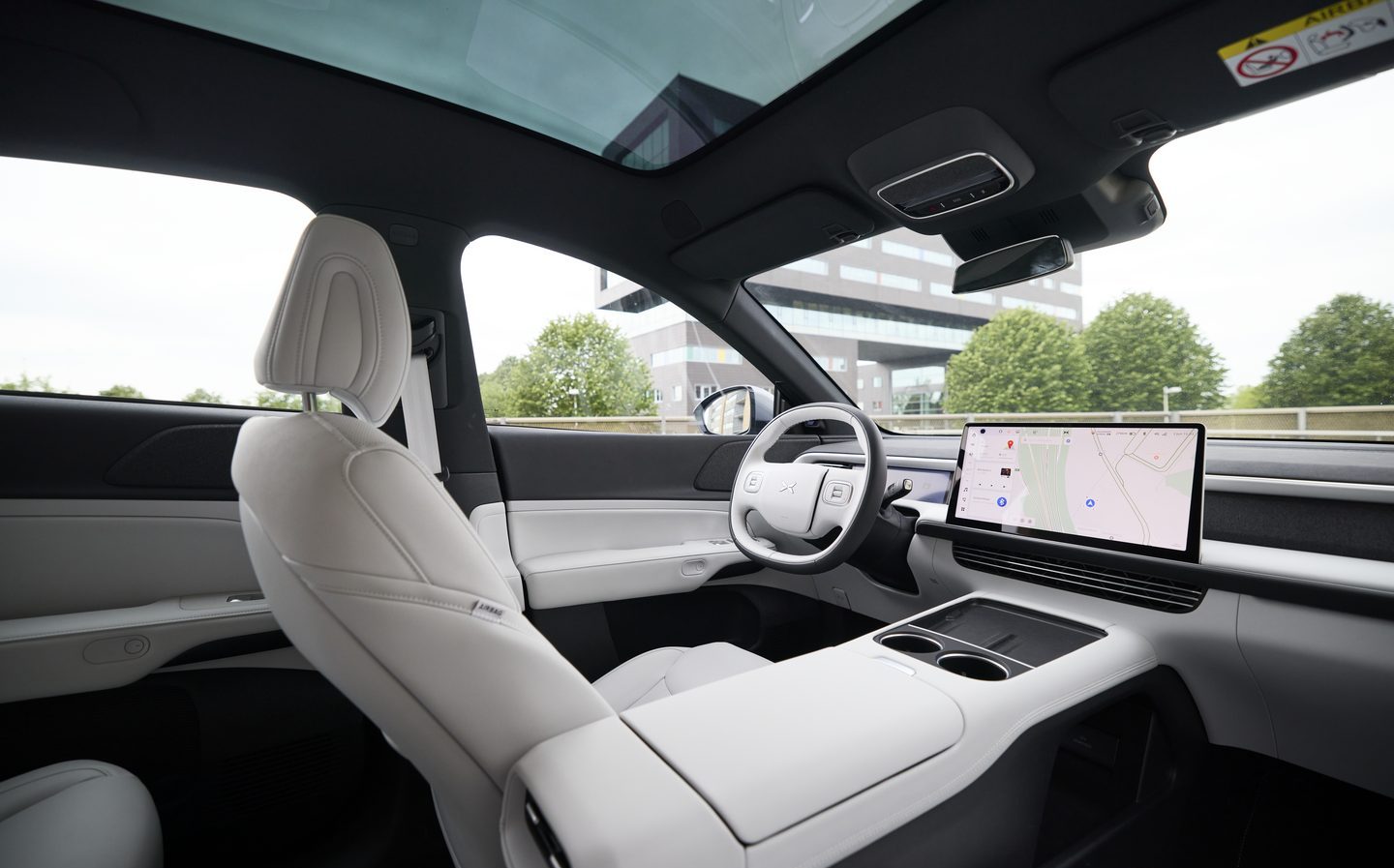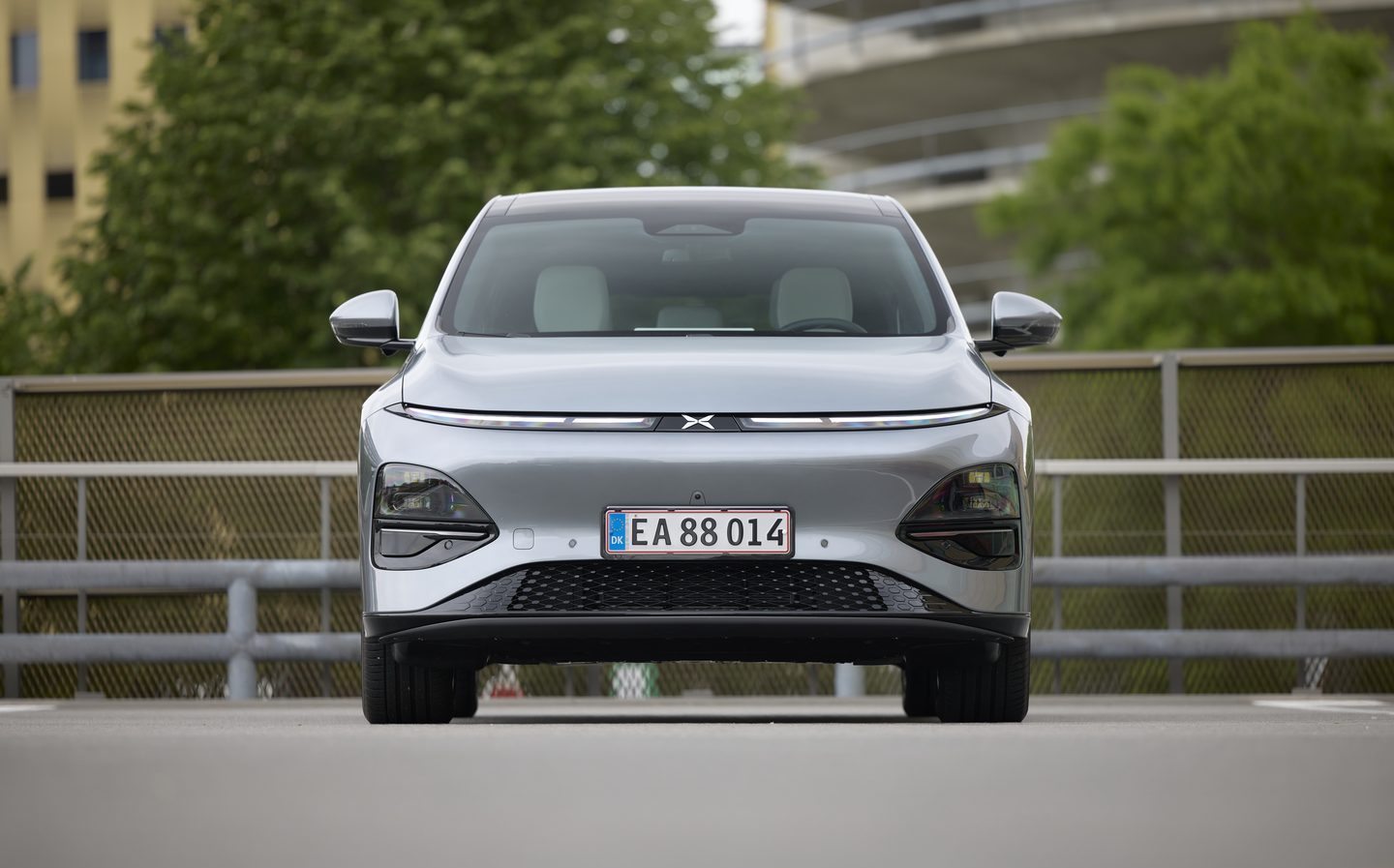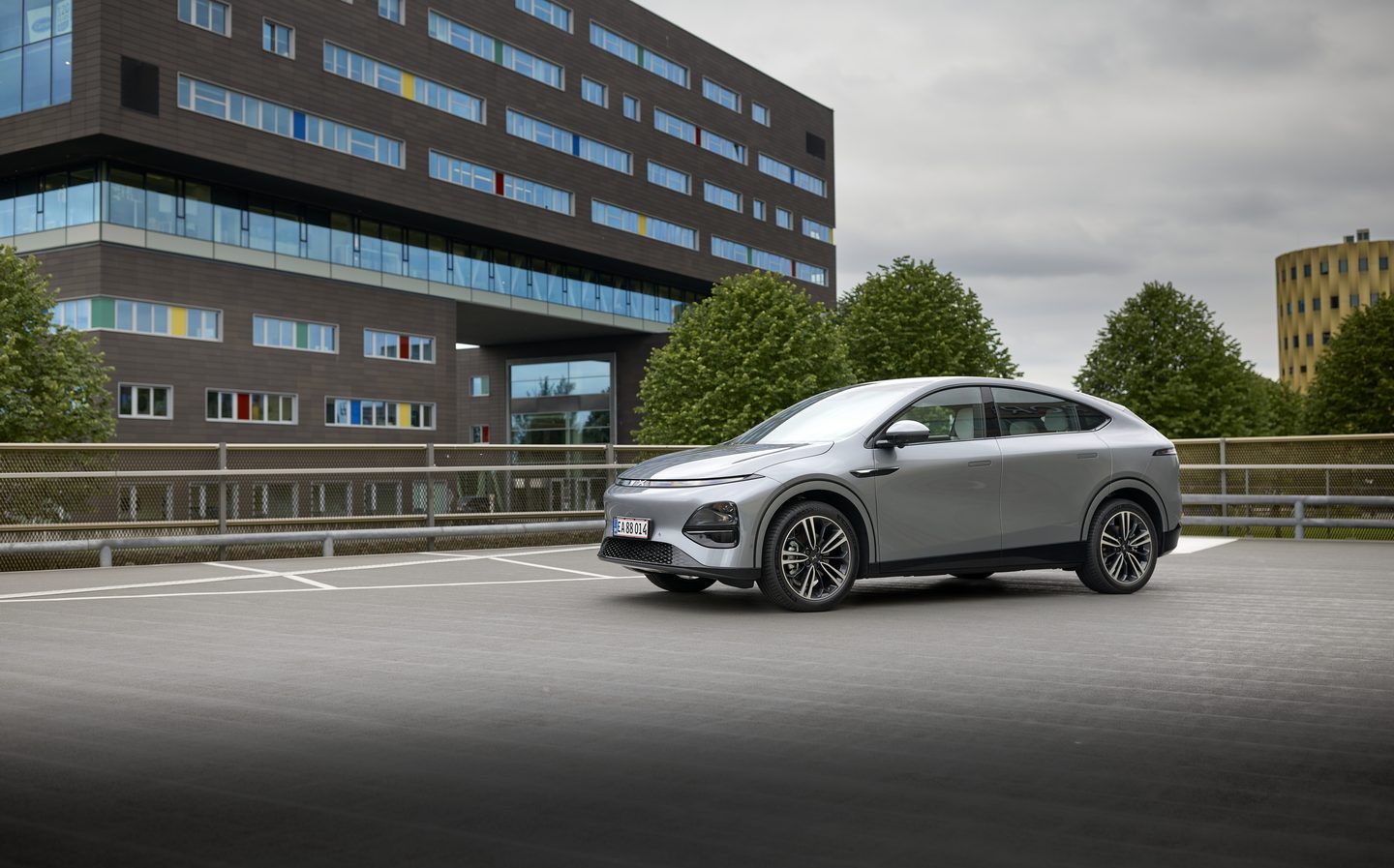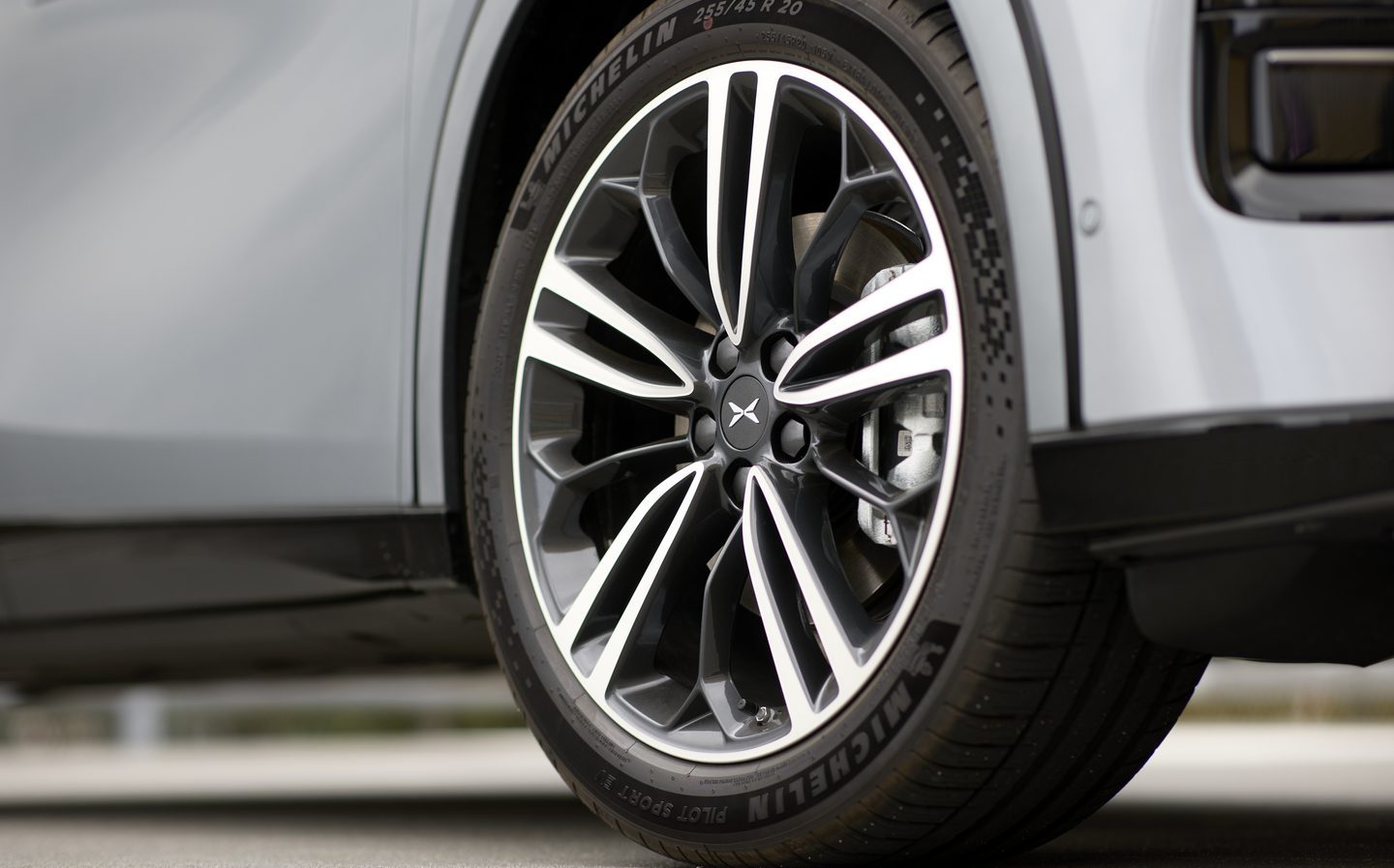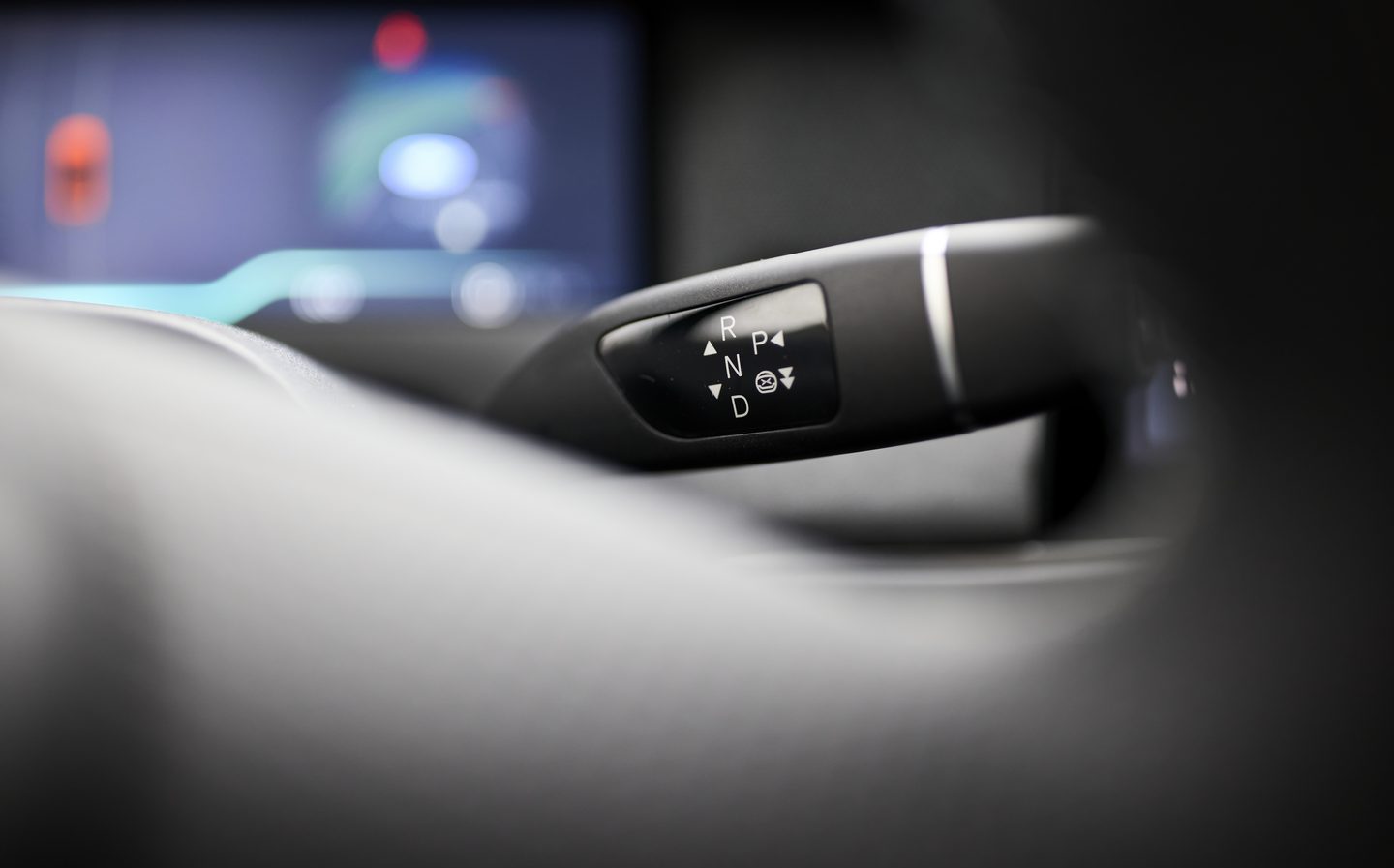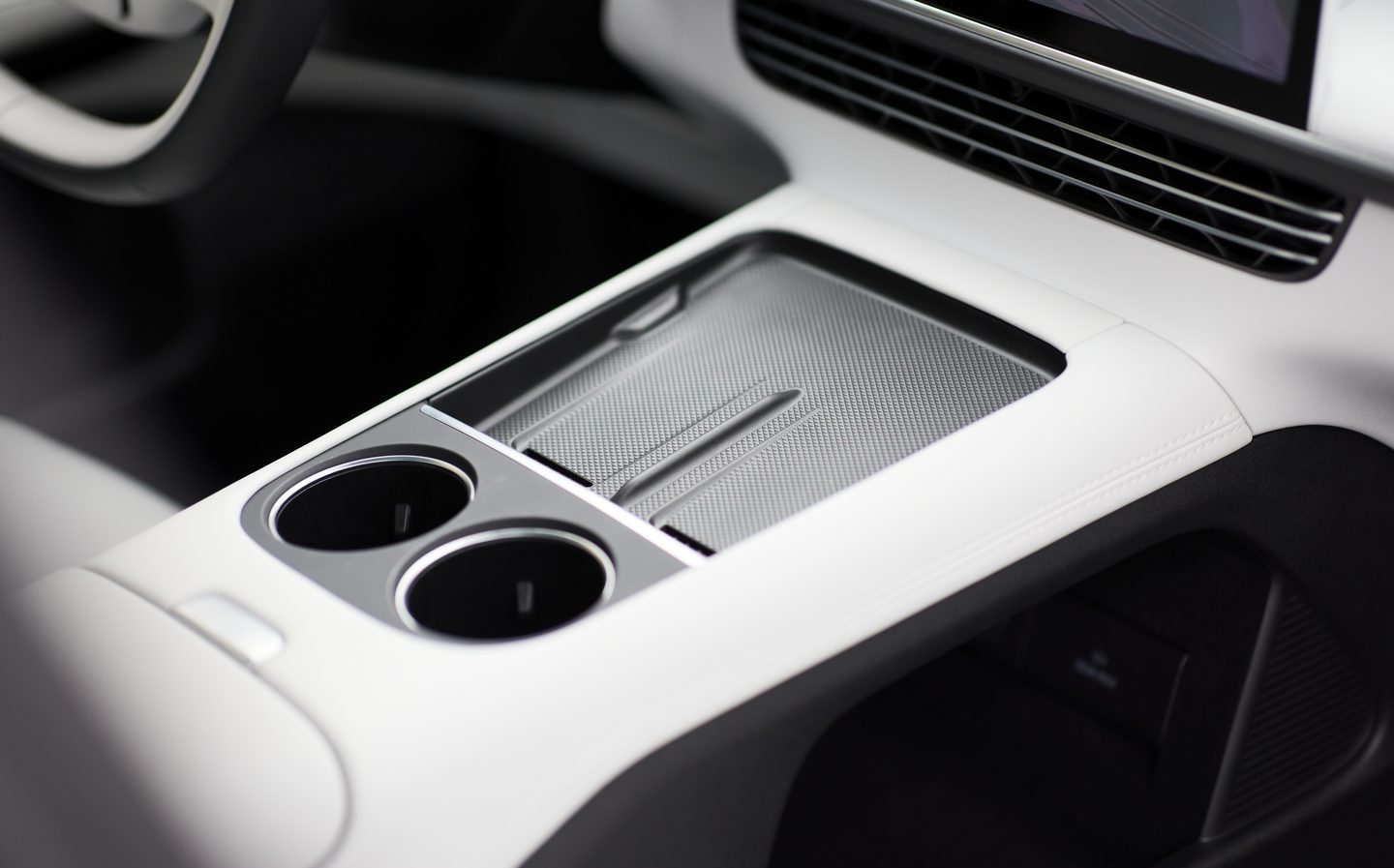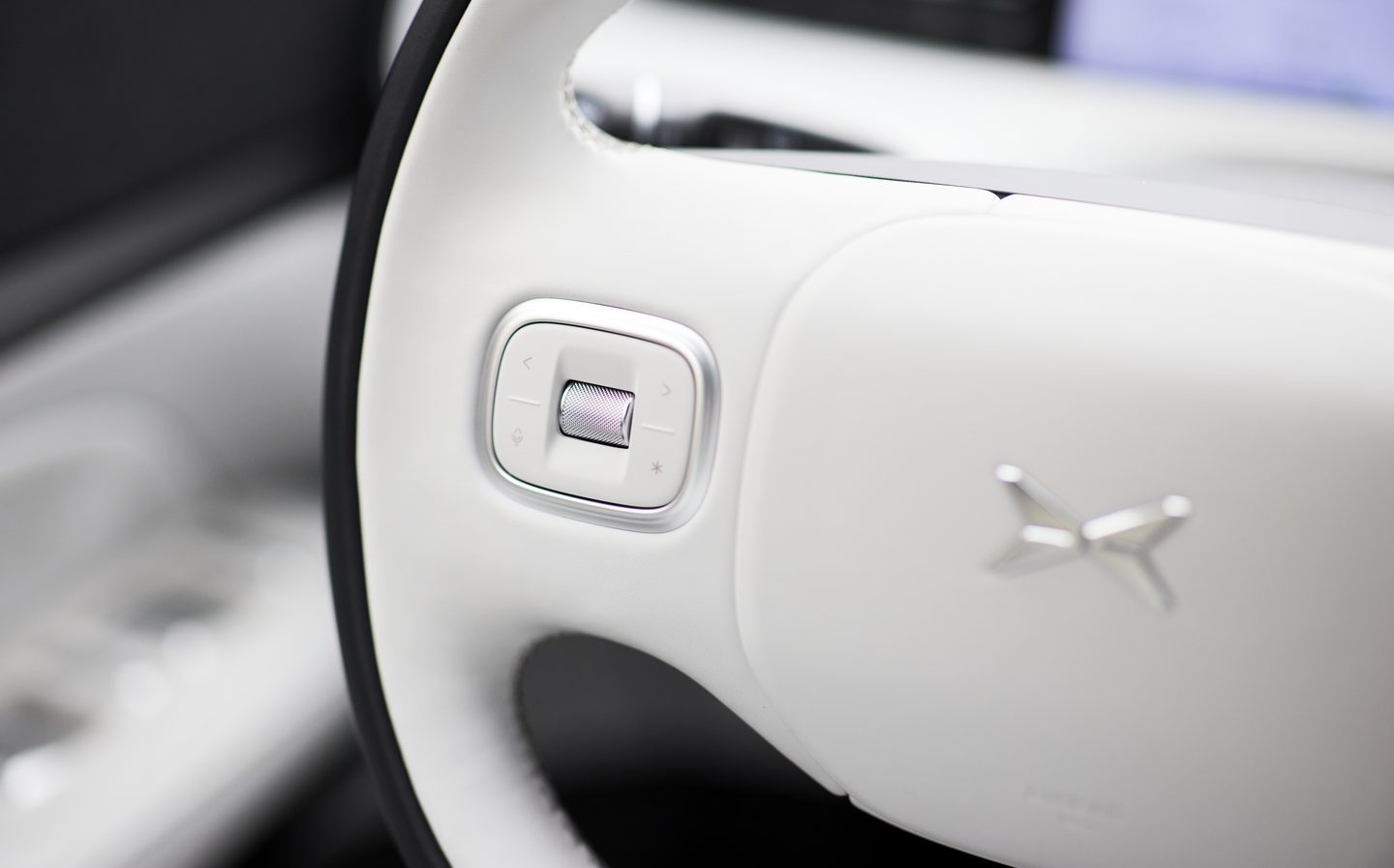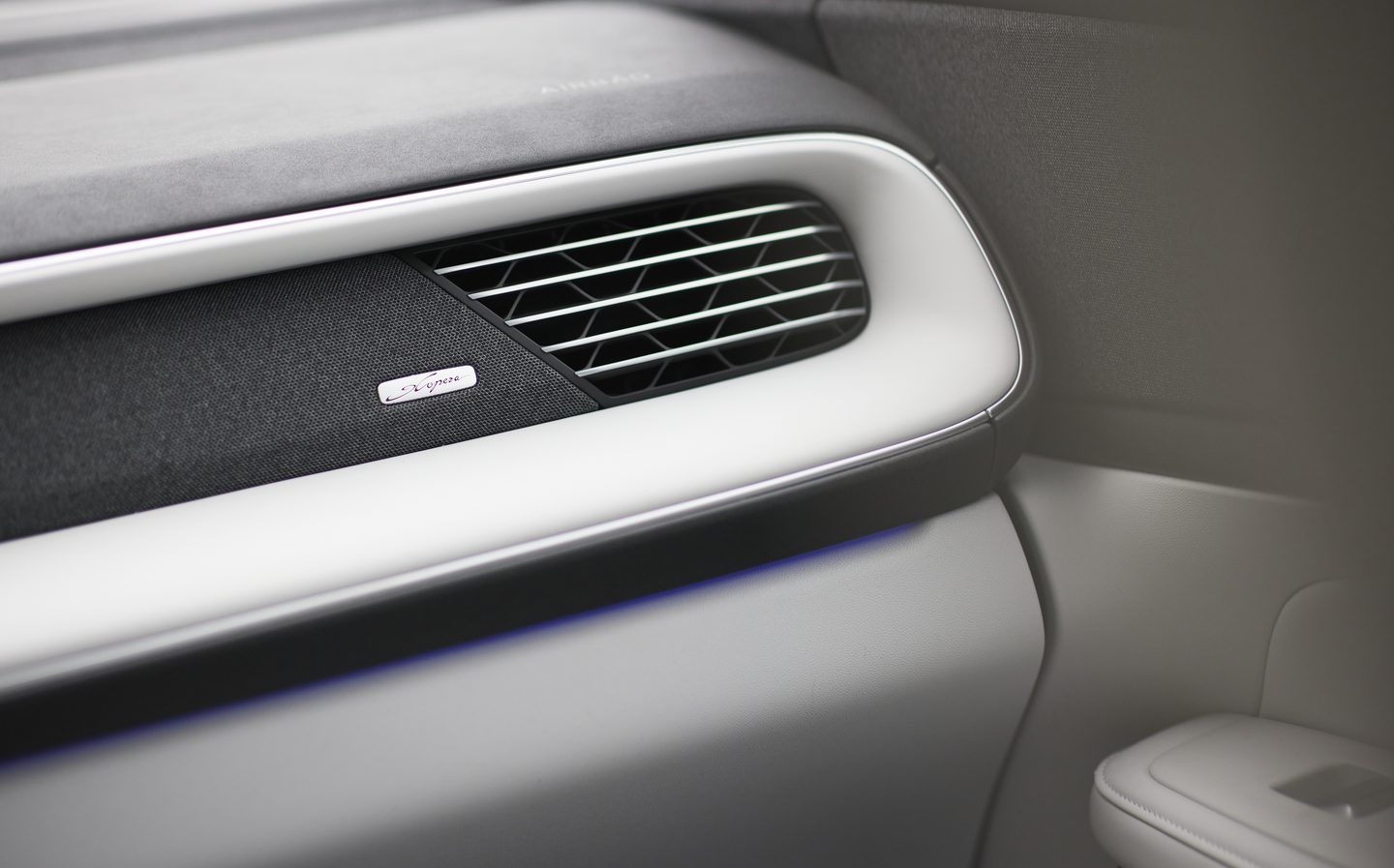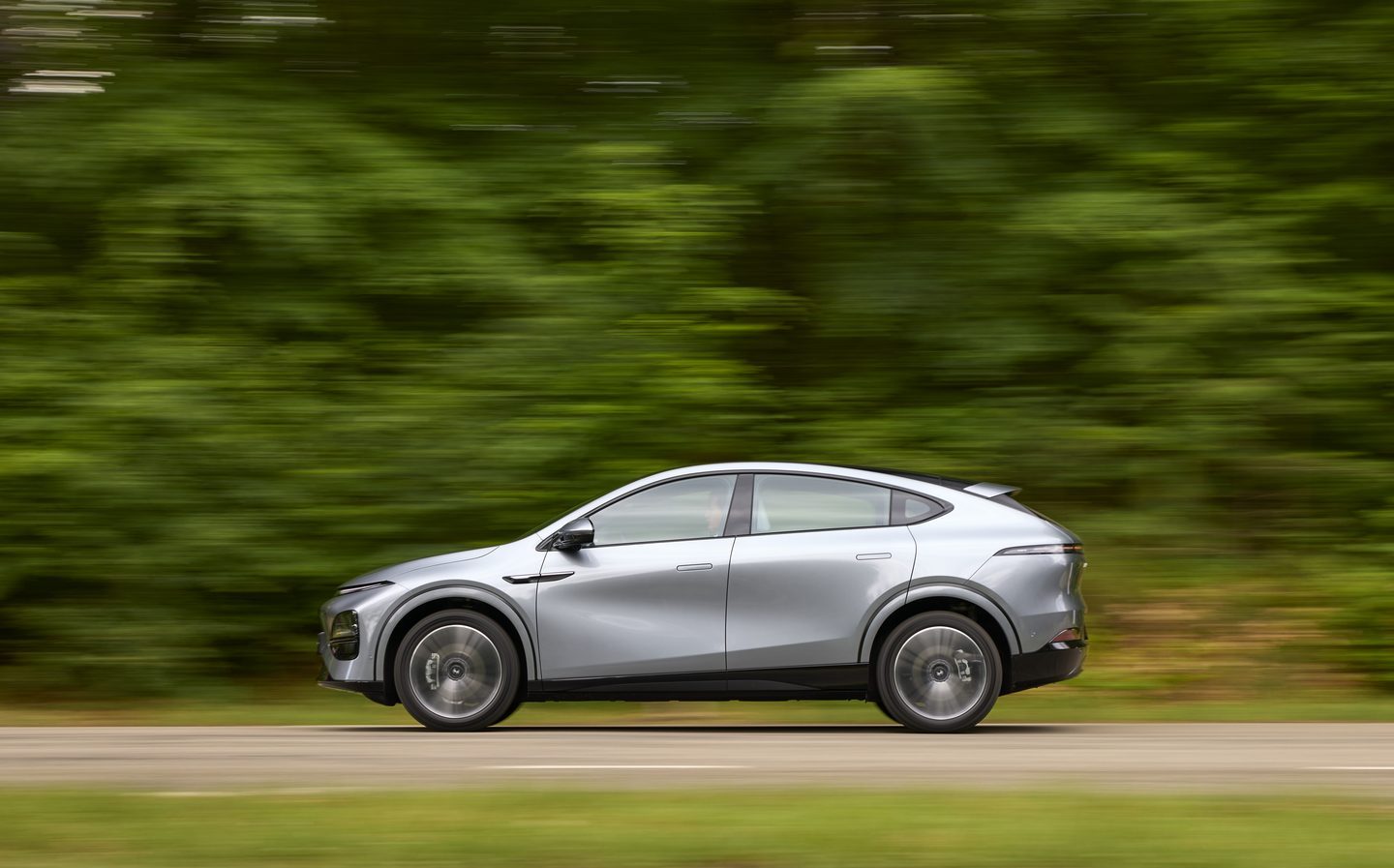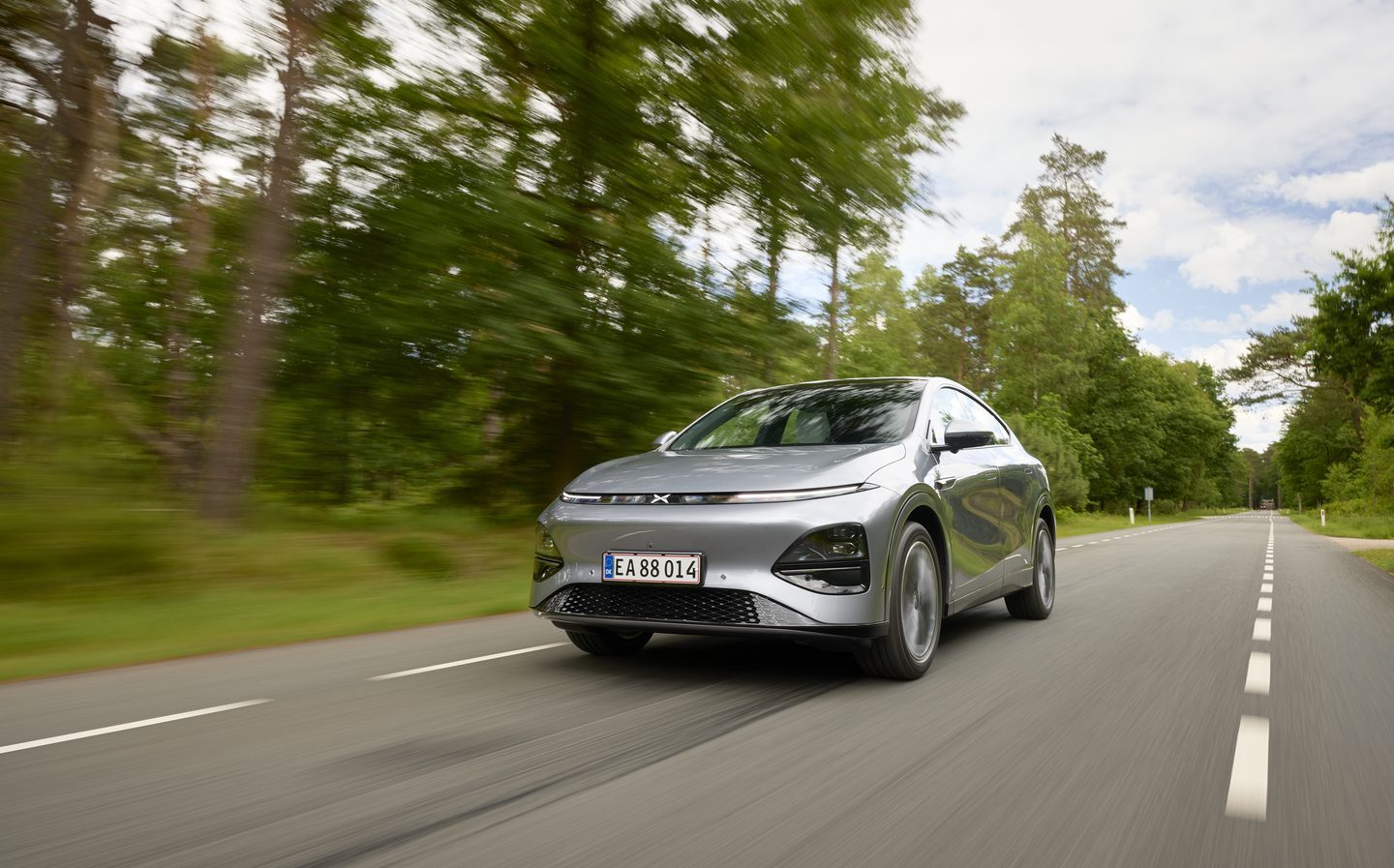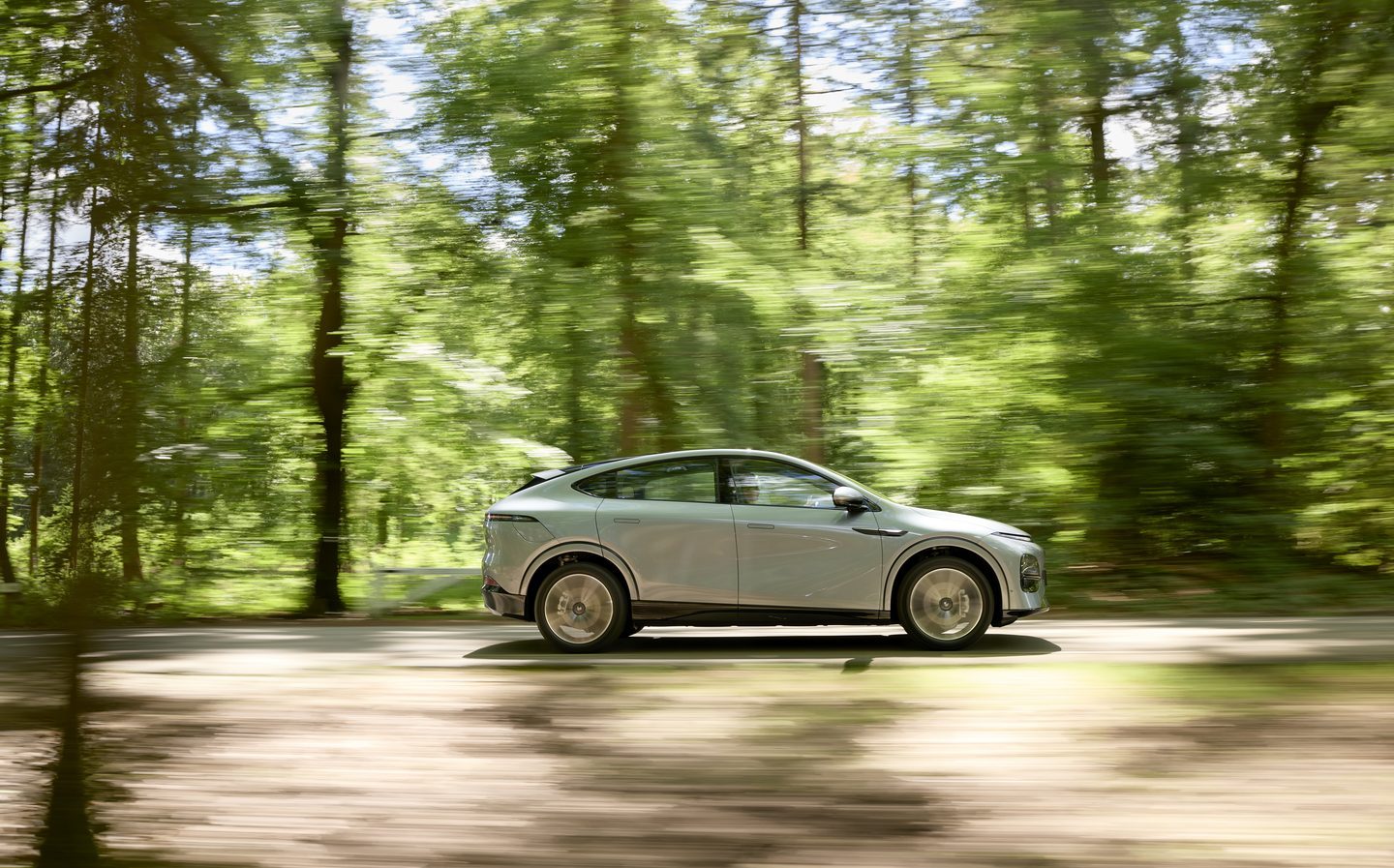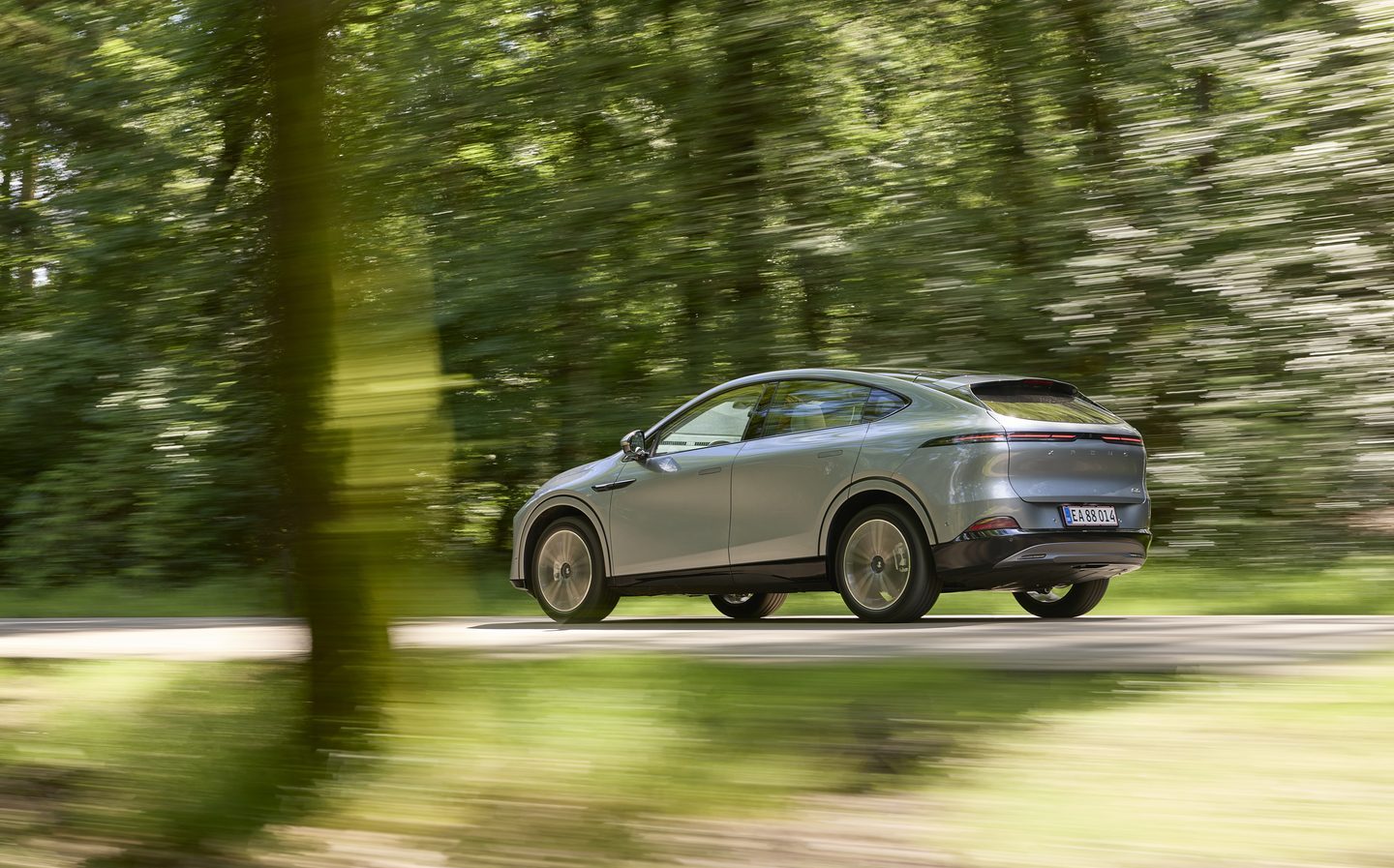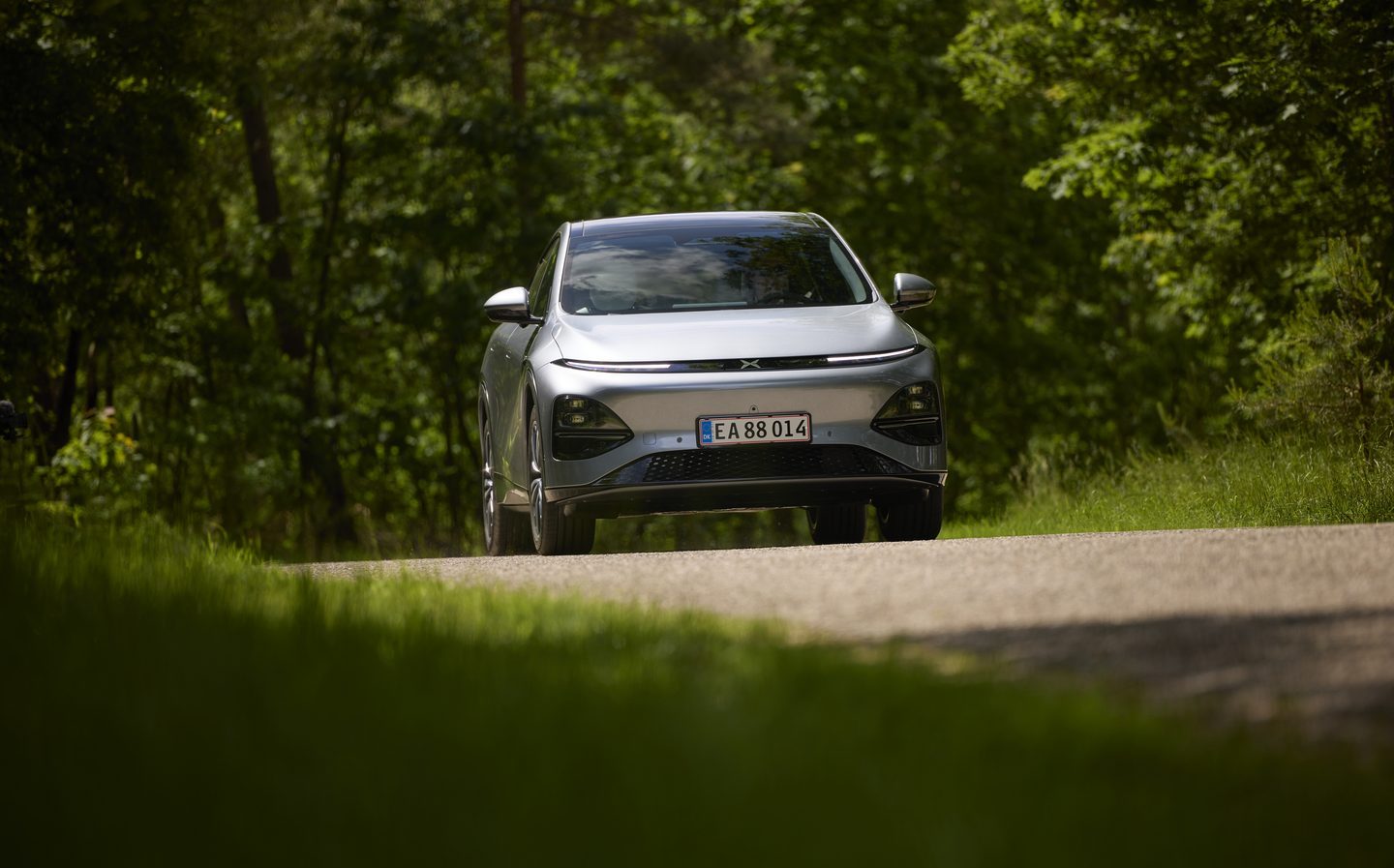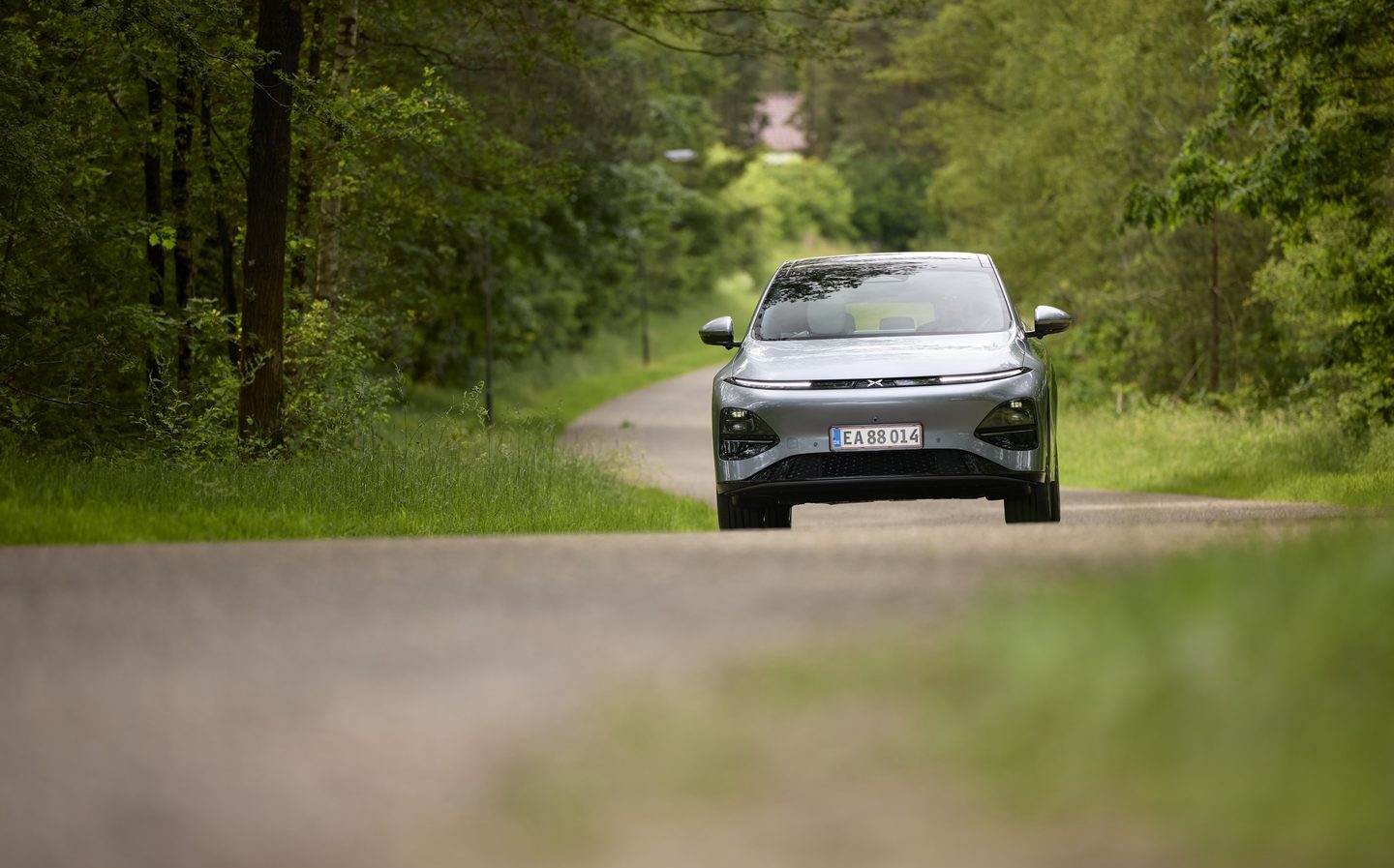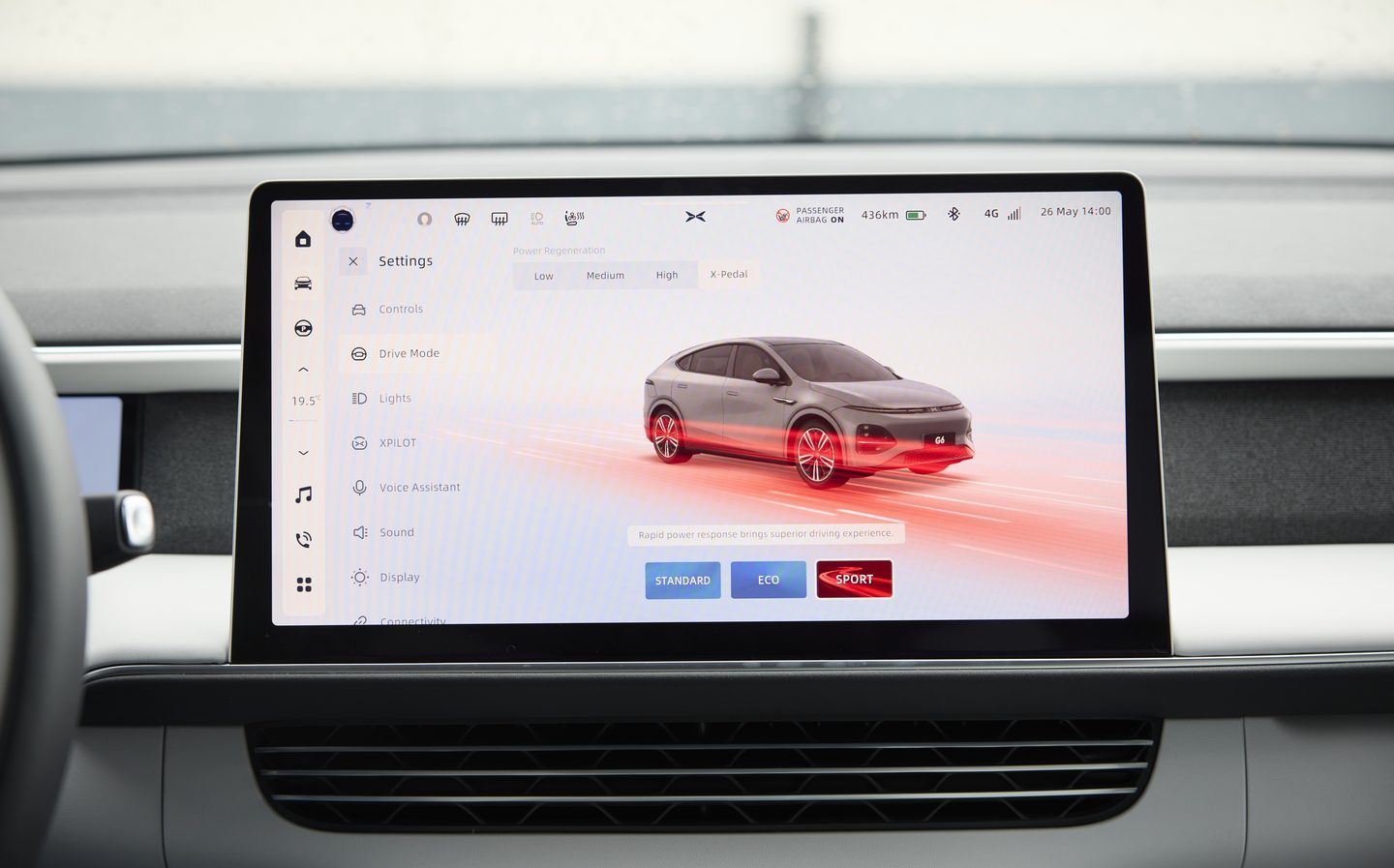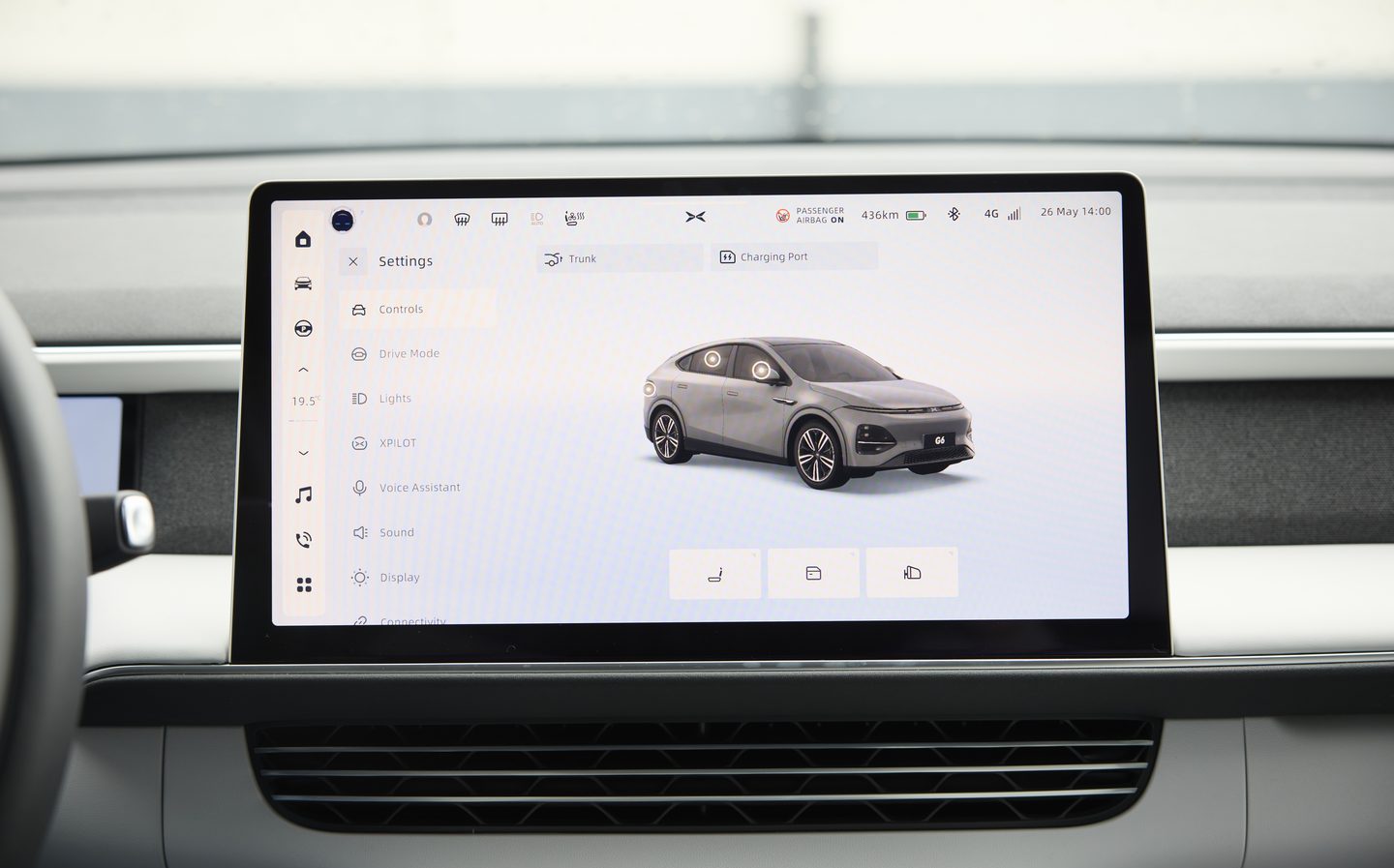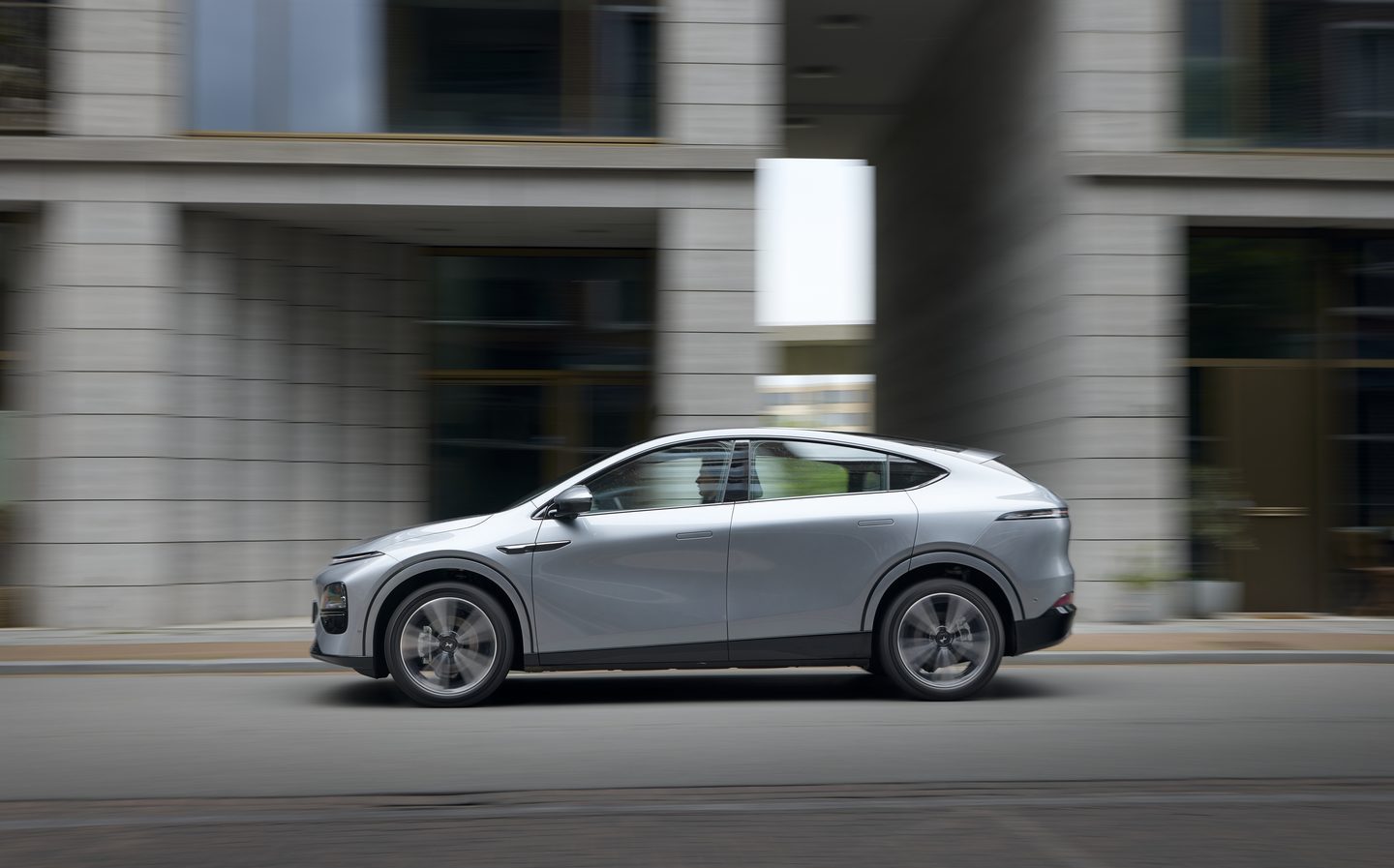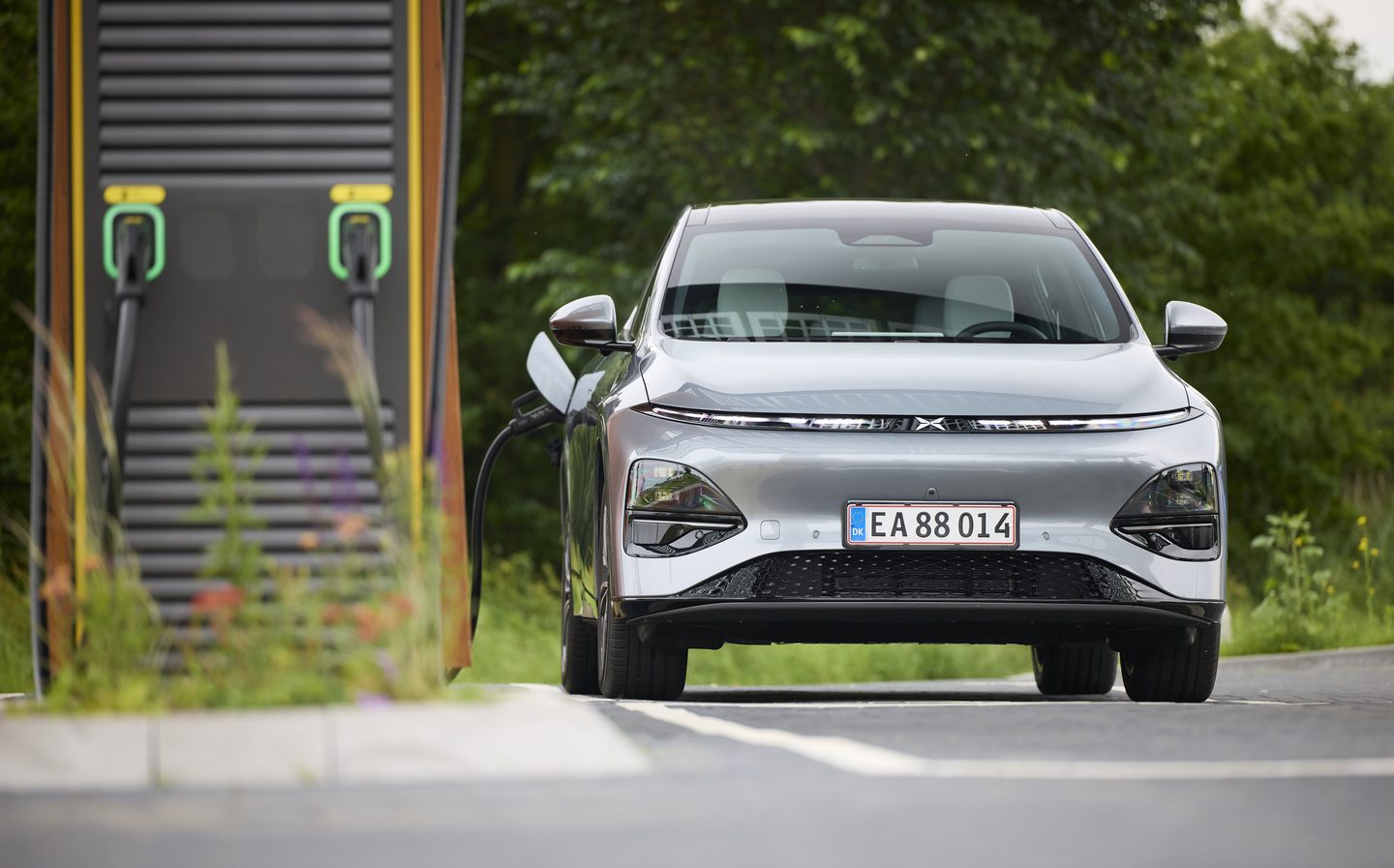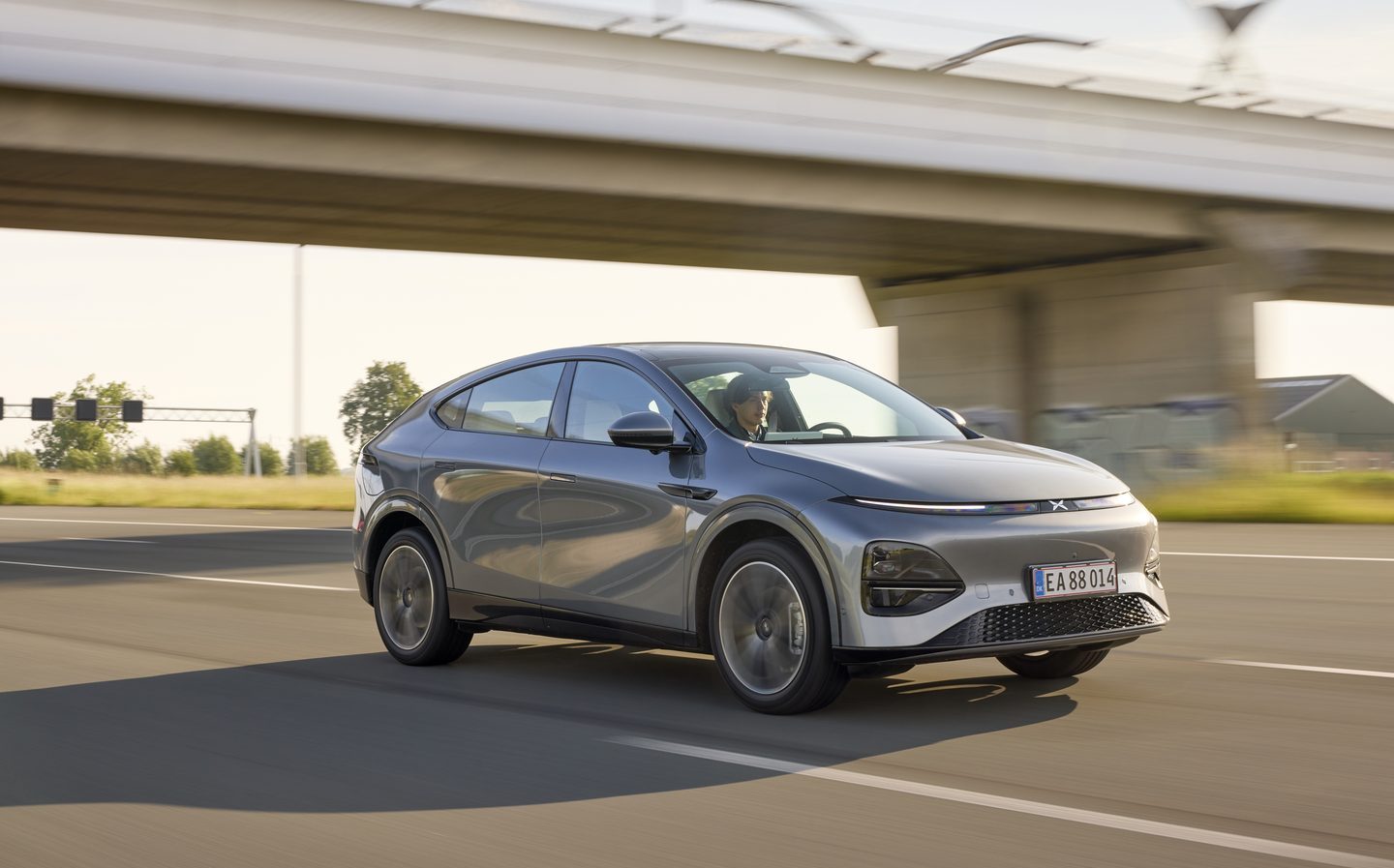XPeng G6 2025 review: Another Chinese SUV aiming to beat Tesla … and might have the X-factor to do it
Does it fly like a (Gulfstream) G6?
The less said about Tesla’s CEO and the seemingly negative effect his actions are having on the brand’s fortunes — in Europe at least — the better, but the American electric vehicle (EV) company has had a target on its back for several years now because of the success of its line-up. The Model Y SUV has been the best-selling car in the world (not just the best-selling EV, note) for two years on the trot now, so that’s the vehicle in the crosshairs of all existing and emerging car manufacturers.
Enter XPeng, the latest in a long list of Chinese names that are unfamiliar to British car buyers and as ever subject to scrutiny in terms of how involved China’s ruling party is in its affairs. Regardless, according to data from Jato Dynamics, sales of Chinese cars in Europe soared 52 per cent in January, compared with the same month in 2024, so they’re clearly striking a chord with buyers, especially those looking to go electric for the first time.
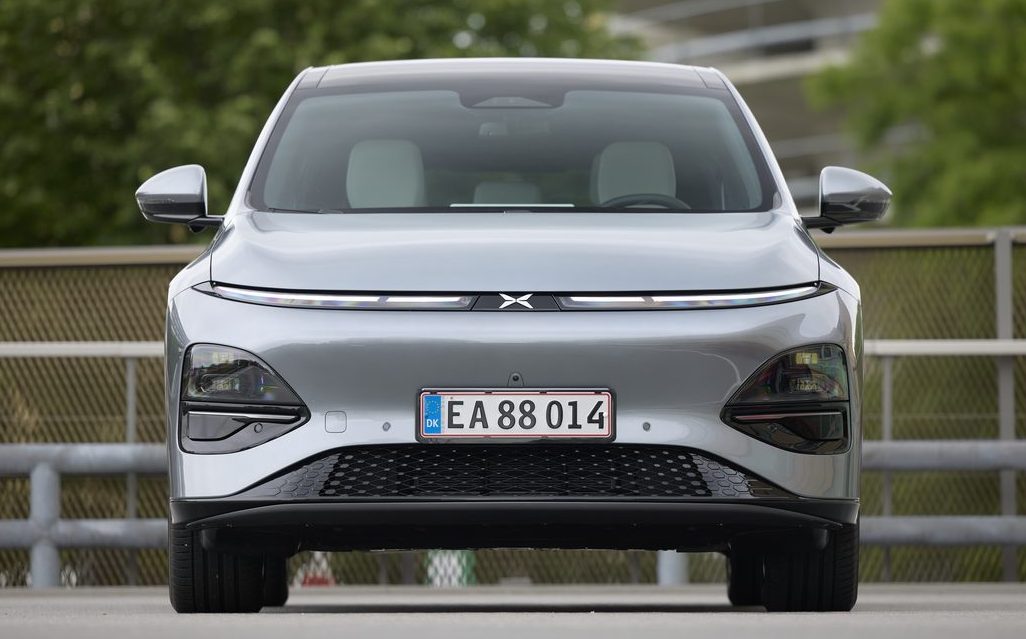
Most Chinese brands launched in the UK so far lead with their strong pricing, but XPeng wants to be seen as a premium marque first and foremost, and its line-up — available in the Netherlands, Sweden and Denmark since 2022 — backs that up. Kicking things off in the UK is the introduction of the G6.
The XPeng G6 is an pure-electric, five-door SUV, very much in the vein of the Model Y. Like that car it’s notably larger than most other models in the sector and its curvy body has been designed as much with aerodynamics in mind as style.
Check out the low, unadorned nose, the automatically retracting door handles and curving roof for example, which makes the G6 very slippery through the air. Its claimed drag coefficient of 0.248 is not quite as good as the Model Y’s 0.22, perhaps, but good by any other measure, and anyway, we reckon the G6 has the edge in terms of attractiveness.
Ian Callum, designer of the Jaguar F-Pace SUV, will no doubt find the G6’s rear haunches familiar, mind you. Copycat design dies hard in China, clearly.
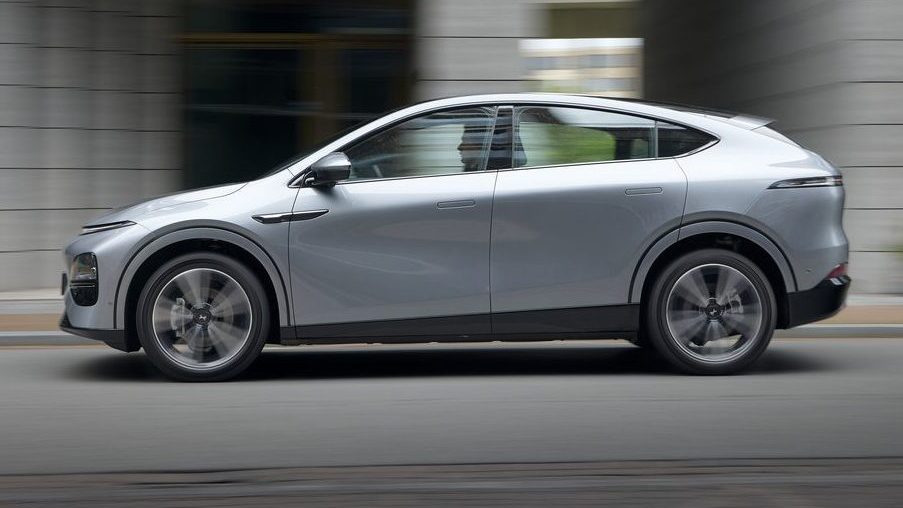
Generous external dimensions mean a spacious cabin, and the G6’s is huge, with stretching space in all five seats, a flat rear floor, a wider-than-average central rear seat and a massive glass roof above as standard filling it all with light. Behind is a 571-litre boot, comparable to that of the rival Skoda Enyaq IV.
Admittedly, the light-coloured interior theme of our test car probably isn’t the most practical from a family’s point of view. And we’d hate to see what colour the white steering wheel turns after a few years of use. Thankfully, there’s a more subdued dark option as well.
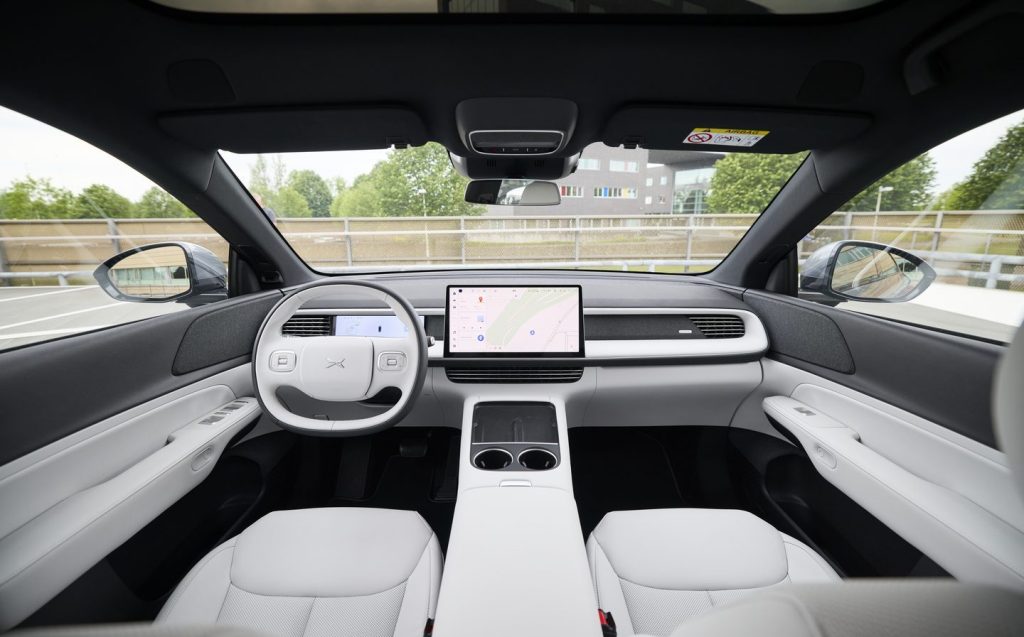
Whichever you go for, the interior feels of high quality, with a mix of tactile materials and surface finishes breaking up what is otherwise quite a minimalist affair. The compulsory large touchscreen (15in across the diagonal) sits in the centre of the dashboard, but it’s complemented by a useful 10.2in display for the instrumentation in the traditional position behind the (oddly shaped) steering wheel.
Alas, like so many other cars on the market, there are precious few physical controls, limited to those on the steering wheel and behind. Spare parts spotters will smugly point out that the column-mounted drive selector and combined indicator/ wiper stalk are the same as those on some Mercedes cars, which was true of Teslas in the past.
The rest of the cabin is refreshingly calm in its design and there’s a sense of quality throughout. Upholstered in supple synthetic leather, the seats are comfortable and highly adjustable.
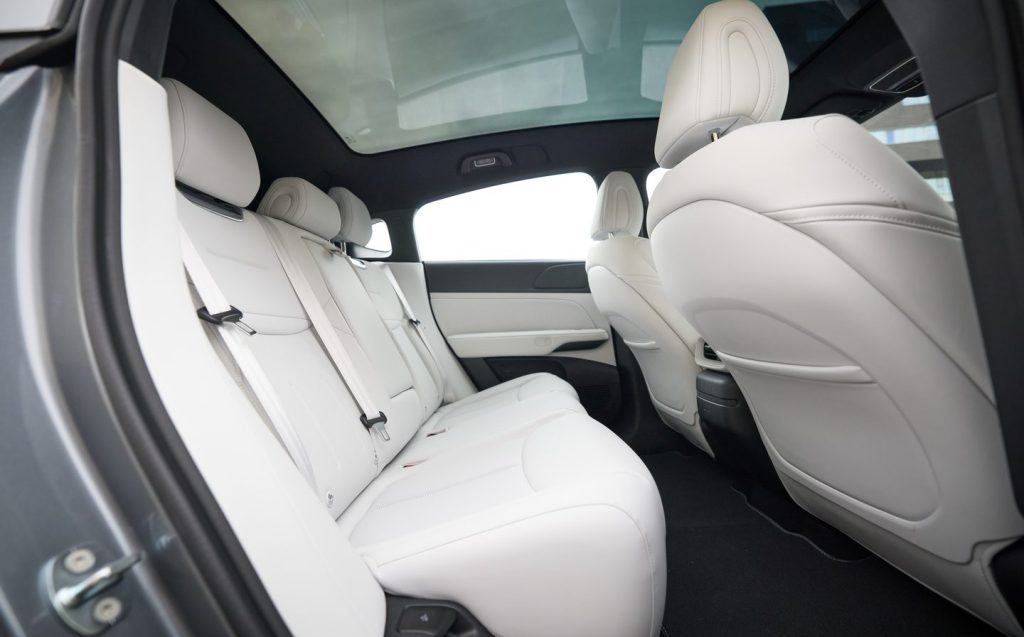
The G6 can be had with a choice of two battery packs. The entry-level RWD Standard Range car uses a 66kWh LFP battery for an official range of 270 miles on the WLTP cycle, while the RWD Long Range car has an NCM battery of 87.5kWh capacity, enabling a range of up to 354 miles.
Even better, the G6 is built on ultra high voltage (800 volts) electrical architecture (the same as cars like the Porsche Taycan and Audi e-tron GT), meaning it can charge from 10-80 per cent in less than 20 minutes, should you find a charger that can pump out the maximum 280kW (the smaller battery is limited to 215kW).
Our relatively short test drive didn’t push the boundaries of the G6’s range, but it has a heat pump as standard to help maintain it even in colder weather and from what we did see, it would appear that well over 200 miles is achievable in the Standard Range model in a mix of driving.
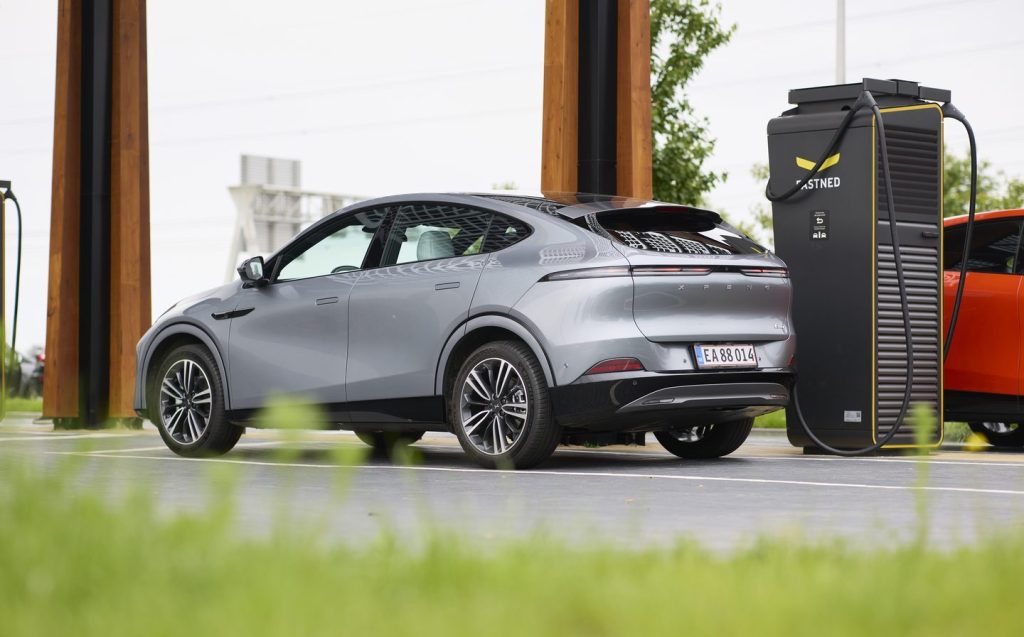
In truth, the G6 is a little forgettable from behind the wheel. The driving controls are light, though not vague as such, and it’s just a relaxing, unassuming car to drive — rather than a memorable one. It’s comfortable even over broken urban asphalt, and notably refined in terms of low wind noise, road roar and such, but it’s never engaging in any way. It’s probably only keen motoring journalists that care about such things in any case.
Neither will the G6 grab the headlines with its straight-line performance, but again, do regular car buyers fret about the mythical traffic light Grand Prix? Not that this is a slow car. Even the Standard Range model gets 254bhp from its rear-mounted electric motor, while the Long Range version is given a little more power (282bhp) to better cope with its increased weight. The result is 0-62mph in 6.7secs for the latter, some 0.2 seconds quicker than the entry-level car. In truth, that’s plenty fast enough and the performance is sensibly calibrated to feel pleasantly quick rather than nausea-inducing.
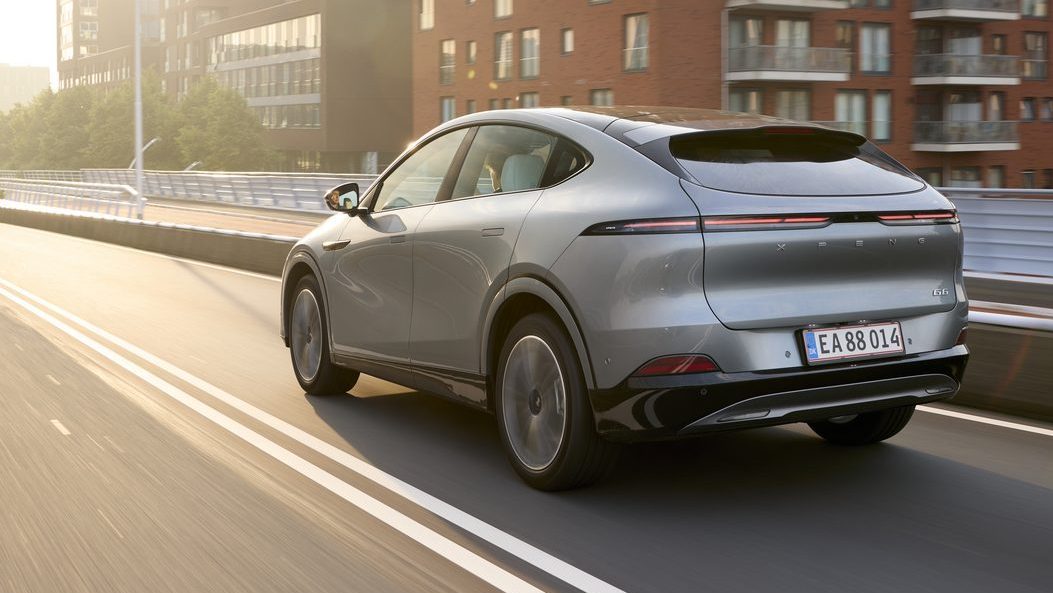
Which brings us neatly back to a comparison with the Tesla Model Y.
At £39,990, the G6 Standard Range is usefully cheaper to buy than the entry-level Y, if not as technically impressive. However, the Long Range XPeng is the same price as the Rear-Wheel Drive Model Y, at £44,990. The G6 isn’t quite as powerful or fast, but it has a longer range and a far nicer interior.
And, as far as we know, nobody needs to make excuses for the antics of XPeng’s CEO. But, from experience, who knows what will come out in the future.
Chinese carmakers
XPeng is a privately-owned Chinese firm that specialises in AI mobility, with headquarters in Guangzhou, China, and key offices in Beijing, Shanghai, Caifornia and Amsterdam. Its EVs are primarily manufactured at its facilities in Zhaoqing and Guangzhou, Guangdong province, China. The company is listed on the New York Stock Exchange and Hong Kong Exchange.
Related articles
- If you were interested in the new XPeng G6, you might like to read about the new electric vehicles revealed at the 2025 Kia EV Day
- Also check out what we said about the latest Kia EV6, updated for 2024
- Or if you prefer saloons, how about the stylish new Mazda6e?
Latest articles
- F1 2025 calendar and race reports: The new Formula One season as it happens
- Seven great automotive events to visit this summer, from F1 to art and champagne
- Watch new Porsche 911 GT3 smash Nürburgring record for manual cars
- Skoda Elroq 2025 review: Czech carmaker can’t seem to miss with its electric family cars
- Five best electric cars to buy in 2025
- Should I buy a diesel car in 2025?
- Zeekr 7X AWD 2025 review: A fast, spacious and high tech premium SUV — but someone call the chassis chief
- Denza Z9GT 2025 review: Flawed but sleek 1,062bhp shooting brake from BYD’s luxury arm
- Extended test: 2024 Renault Scenic E-Tech review


